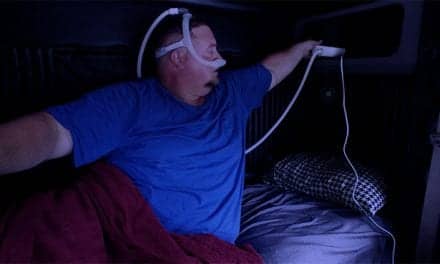Children with sleep disordered breathing (SDB) may have a better quality of life (QOL) and diminished cardiovascular (CV) disease risk from the decreased endothelin 1 (ET-1) levels after adenotonsillectomy, according to new research published in the journal Otolaryngology–Head and Neck Surgery.
SDB is an increasingly common indication for tonsillectomy and adenoidectomy due to obstructive sleep apnea (OSA). Cardiovascular disease frequently has been reported in patients with moderate to severe OSA. Related abnormalities include: systematic hypertension, pulmonary hypertension with cor pulmonale, left ventricular hypertrophy or dysfunction, cardiac arrhythmias, atherosclerosis, and coronary artery disease.
The study sample included an OSA survey and a detailed personal and family history. All subjects underwent a complete otolaryngologic examination, otoscopy, and anterior rhinoscopy. Thirty-seven children with a diagnosis of upper airway obstruction caused by adenotonsillar hypertrophy (ATH) were included in the study. Twenty female and 17 male patients, between 3 and 13 years old, participated in the study.
Surgical procedures included: 20 tonsillectomies and adenoidectomies (54%), 15 adenoidectomies only (40.6%), and 2 tonsillectomies only (5.4%). Study results show when comparing moderate and severe cases to mild cases according to Brouilette scores, ET-1 levels were significantly higher in moderate and severe cases (P < 0.01). There was a significant correlation between ET-1 and the OSA-18 survey scale (r=0.442; P=0.001).
The researchers set out to evaluate the influence of adenotonsillectomy on the plasma concentration of ET-1 levels and C-reactive protein (CRP) in children with SDB. The primary goal of this research study was to investigate the effect of ATH and adenotonsillectomy on the possible pathogenic mechanisms (endothelial dysfunction and inflammation) that lead to cardiovascular complications.
According to the study’s authors, the findings indicate that “children with SDB who undergo adenotonsillectomy may have a better QOL, and the positive influence of adenotonsillectomy on CV function might be mediated by the decrease in ET-1 levels."
They further acknowledge that more research is needed. "Further studies with longer follow-up and a larger population sample are warranted to demonstrate the association between SDB due to ATH and ET-1 levels and to confirm the influence of adenotonsillectomy on ET-1 and CRP levels to prevent cardiovascular disease in children," noted the authors.



